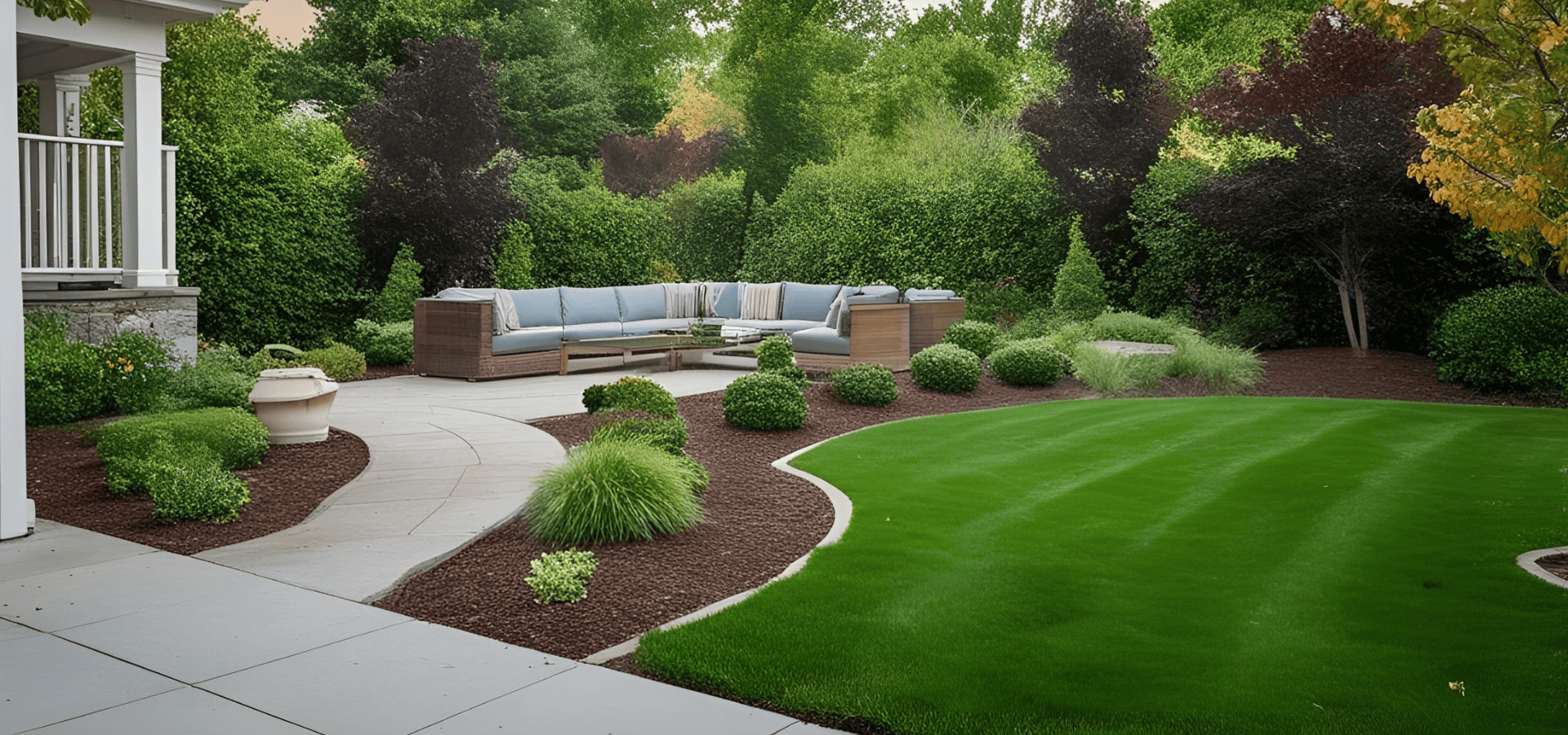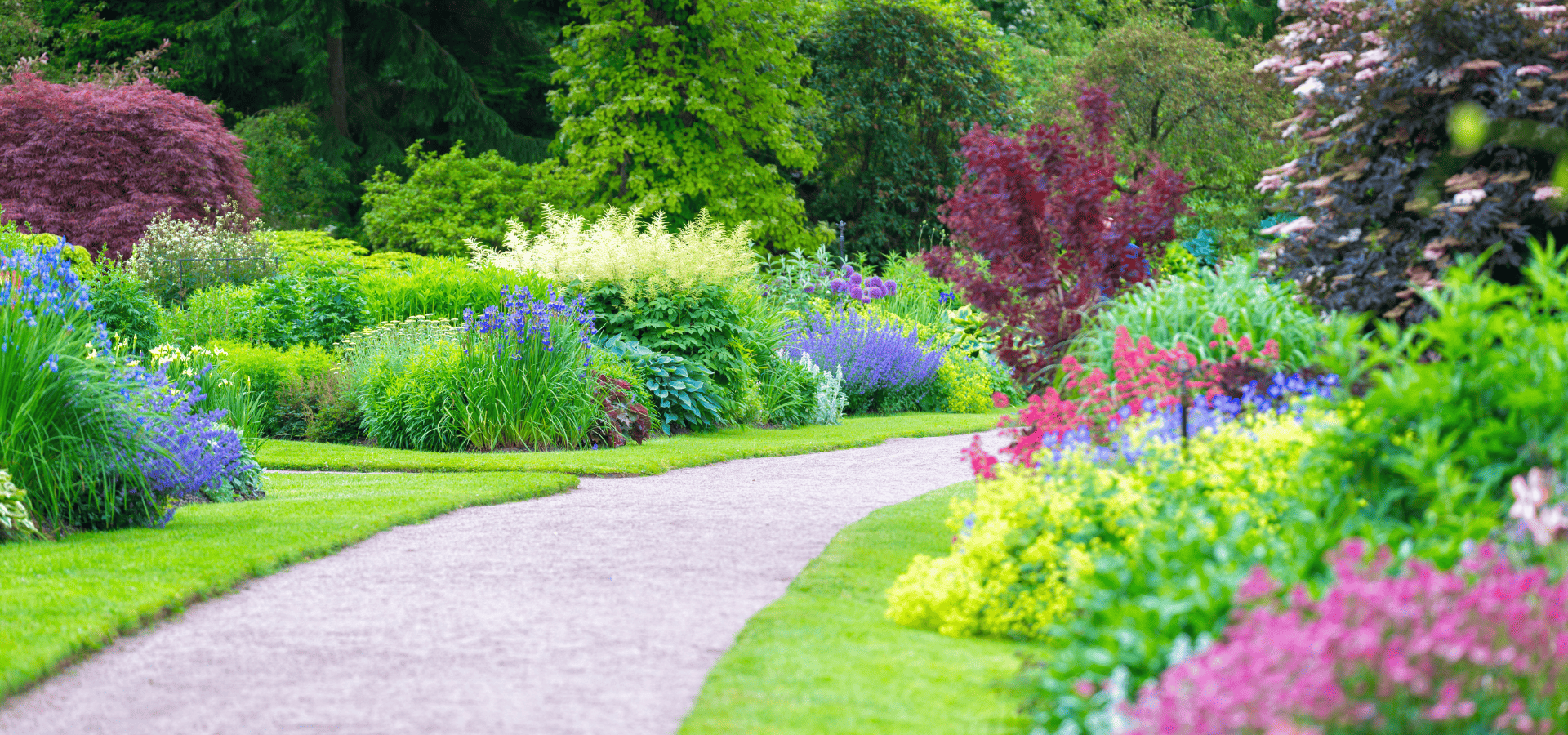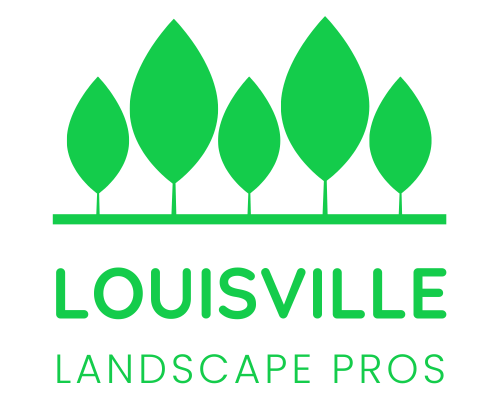Complete List Of Landscaping Tools And Equipment
Most people know the standard landscaping tools like lawn mowers, shears, shovels, rakes, and so on.
But if you’re looking to do more serious gardening or even start a
landscaping business, you’re going to need to know what’s out there.
Here’s the full list of landscaping equipment that gardening enthusiasts and potential business owners should know.
Hand Tools
First off, let’s start with the more basic non-powered tools. These are the more cost-effective options that will be suitable for use by casual gardeners.
1. Pruning Tools
One of the most frequent maintenance tasks you’ll have to perform is probably pruning.
Pruning diverts nutrients to the right places, lowers the risk of diseases, and encourages healthier growth.
Here are the tools used for this essential task.
- Hand Pruners: Hand pruners are the smallest type of pruners. They’re meant for use with one hand and are used for cutting smaller branches or dead blooms.
- Loppers: Loppers are essentially larger hand pruners. Loppers have very long handles to provide leverage for cutting large branches, but other than that, they’re shaped pretty much the same as hand pruners, with the same type of blades, just larger of course.
- Hedge Shears: Hedge shears, as you’d expect, are for cutting hedges and shrubs. They have much longer blades, and their blades are straight, unlike pruners and loppers that have curved blades. This long straight shape makes it easy to shape shrubs and hedges into clean shapes and make them uniform throughout.
2. Shovels/Spades
Everyone knows what shovels and spades are, so not much explanation needed there.
It’s normal to be confused between shovels and spades though, and many people think they’re the same thing, even though they’re not.
Shovels have curved or pointed bowl-like blades while spades have sharper, flat rectangular (or squarish) blades.
As such, they’re meant for different tasks.
Given the curved shape of shovels, they’re meant for moving loose dirt or digging shallow holes.
Their curved, less sharp shape means it’s hard for you to cut too deep into the ground, so they’re perfect for digging shallow holes or moving loose dirt where you want to dig a little below the surface and scoop up the soil rather than go deep.
On the other hand, the sharp, rectangular shapes of spades make them ideal for cutting through compact, hard soil or digging deeper, more precise holes.
3. Rakes
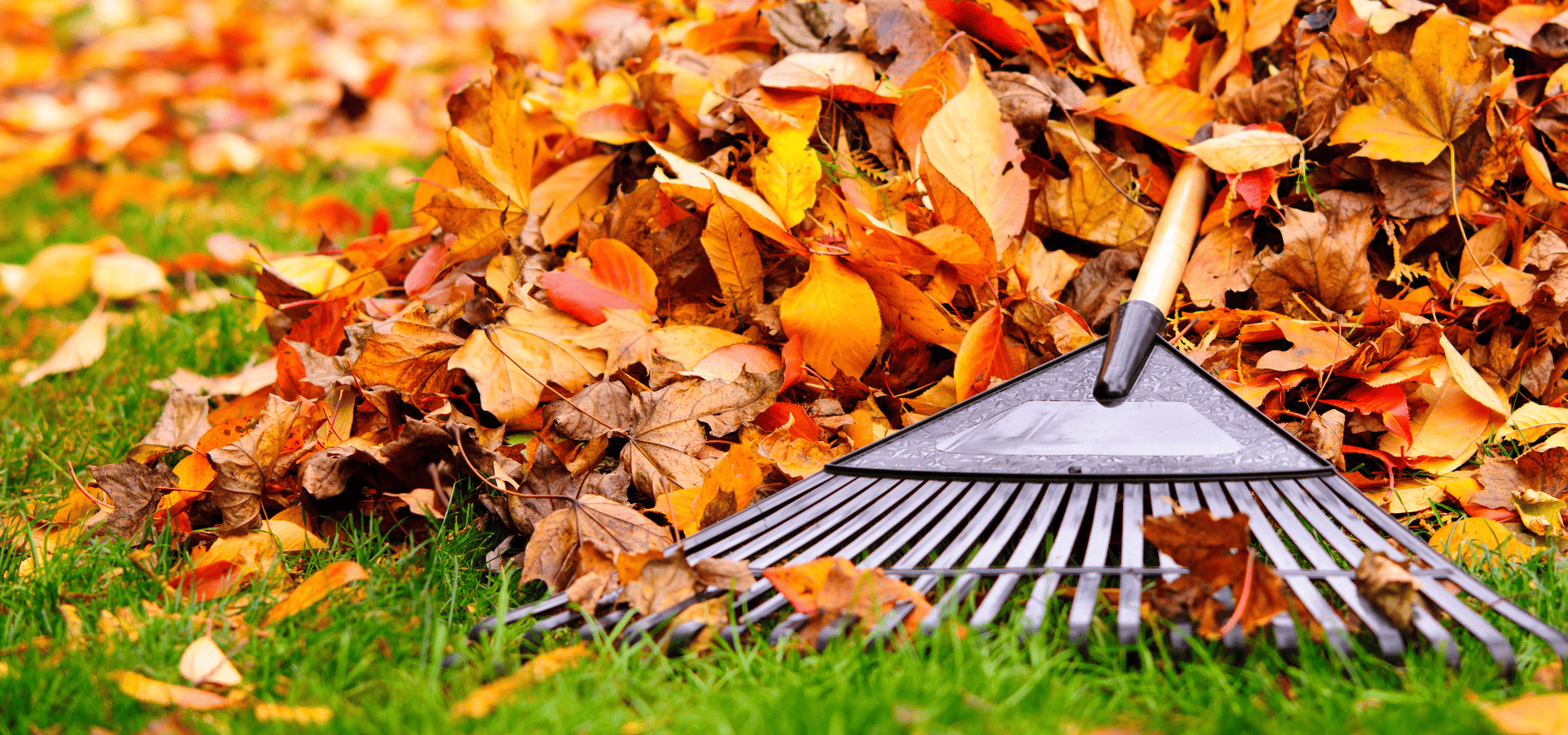
The next most commonly used tool after pruning tools and shovels and spades is rakes.
Like pruning tools, there are various types of rakes, each for different purposes.
Here are the various types of rakes.
- Leaf Rakes: Leaf rakes have a triangular shape and you basically use them to gather leaves, grass clipping, and other debris.
- Garden Rakes: Garden rakes look like pitchforks, just with many more tines. Garden rakes are used for leveling soil and breaking up clumps.
- Landscape Rakes: Landscape rakes are basically garden rakes, but larger and with curved tines. Landscape rakes serve pretty much the same purpose as garden rakes but on a larger scale.
4. Hoes
Hoes (the gardening tool) have a sharp rectangular blade that’s perpendicular to the handle such they form an L-shape.
Hoes are used to cut through the roots of weeds as well as to create furrows for planting seeds.
5. Cultivators
Finally, cultivators look like garden rakes, but with only a few tines spaced far apart. Cultivators are used to break up compacted soil, aerate soil, and mix compost.
They can also uproot more shallow weeds.
Power Tools
Now that we’ve gone over the hand tools, let’s talk about power tools.
1. Lawn Mowers
There are mainly three types of lawn mowers:
- Push Mowers: As the name suggests, you have to push these, which means while they’re cheaper and require little or no electricity at all, they require much more effort to use. Some may have electricity to power the reel, which will lessen the effort on you, but traditional ones usually require you to push and use your kinetic energy to turn the reels. As such, push mowers are only suitable for small yards, as you’d be completely drained if you tried to mow a large yard with a push mower.
- Self-Propelled Mowers: Self-propelled mowers power themselves and move on their own, so you just have to walk behind and steer them wherever you want them to go. This is what most people with larger lawns will be using. This still isn’t the most powerful type of lawn mower though.
- Riding Mowers: Riding mowers are the most powerful type of lawn mower. All you have to do is sit on them and drive them like a car. They’re larger and even faster than self-propelled mowers. Riding mowers are typically used only for very large residential and large commercial lawns.
2. Grass Cutters
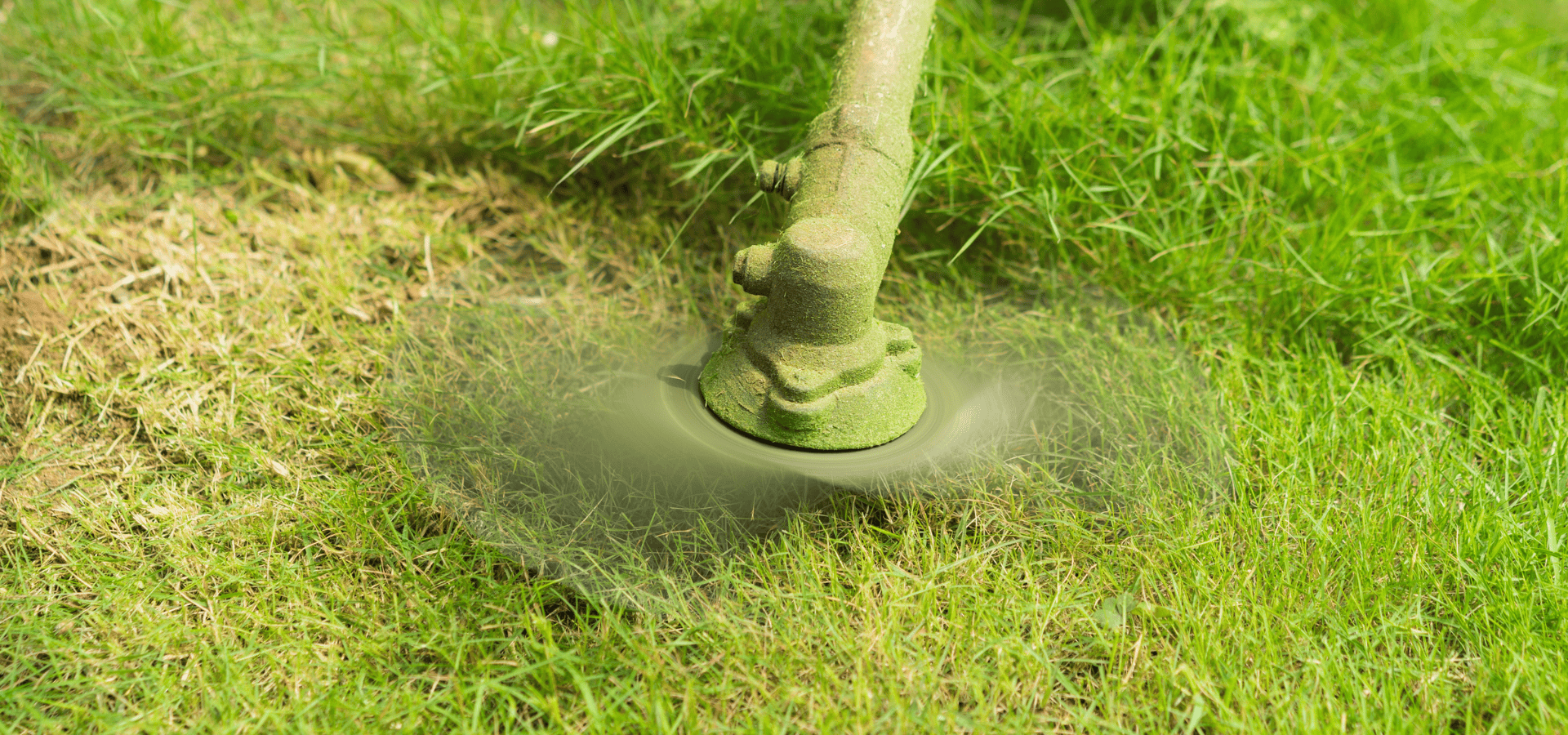
There are mainly two types of electric grass cutters–string trimmers and brush cutters. String trimmers cut grass using spinning nylon lines while brush cutters use blades.
String trimmers are great for normal grass and weeds while brush cutters are used for denser weeds or even light brushes.
3. Hedge Trimmers
Hedge trimmers are like chainsaws, except instead of rotating, they go up and down. They serve the same purpose as hedge shears–to keep hedges and shrubs uniform.
Hedge trimmers are great for if you have lots of hedges and shrubs and don’t want to have to repeat the cutting motion with hedge shears over and over. Think of them as chainsaws but for hedges and shrubs.
For hedge trimmers, there are electric and gas-powered options.
4. Leaf Blowers
Most people would know what a leaf blower is, but in case you don’t, leaf blowers use wind to blow leaves.
Leaf blowers are used for clearing leaves from large areas with lots of leaves. There are backpack, wheeled, and handheld models, but they all do the same thing–blow out wind to direct leaves where you want them.
Heavy Equipment
Finally, here comes the heavy equipment.
These equipment are used for large-scale landscaping projects, usually either commercial projects or huge residential properties.
1. Excavators/Backhoes
Excavators and backhoes are mainly used to dig large holes, though given their curved shape, they can also be used to move heavy materials.
These large holes may be required for pools, large trees, underground utilities, and so on.
Needless to say, residents won’t be buying this for use, even for serious gardeners.
If you’re a gardening enthusiast and need a large hole for something like a large tree or retaining walls, you would hire professionals to help you with it.
You can’t just rent it and operate it on your own, as these aren’t as easy to operate as you might think. You need a trained professional who knows what they’re doing, or you might end up damaging your property, damaging the equipment itself, or even hurting yourself.
For those intending to start a landscaping business, you can consider purchasing one. However, note that you will have to perform the maintenance and find storage for it.
As such, it might be better to rent initially, then if you notice that you frequently need to use it, and you can spare the cash for it, then consider purchasing one.
2. Loaders
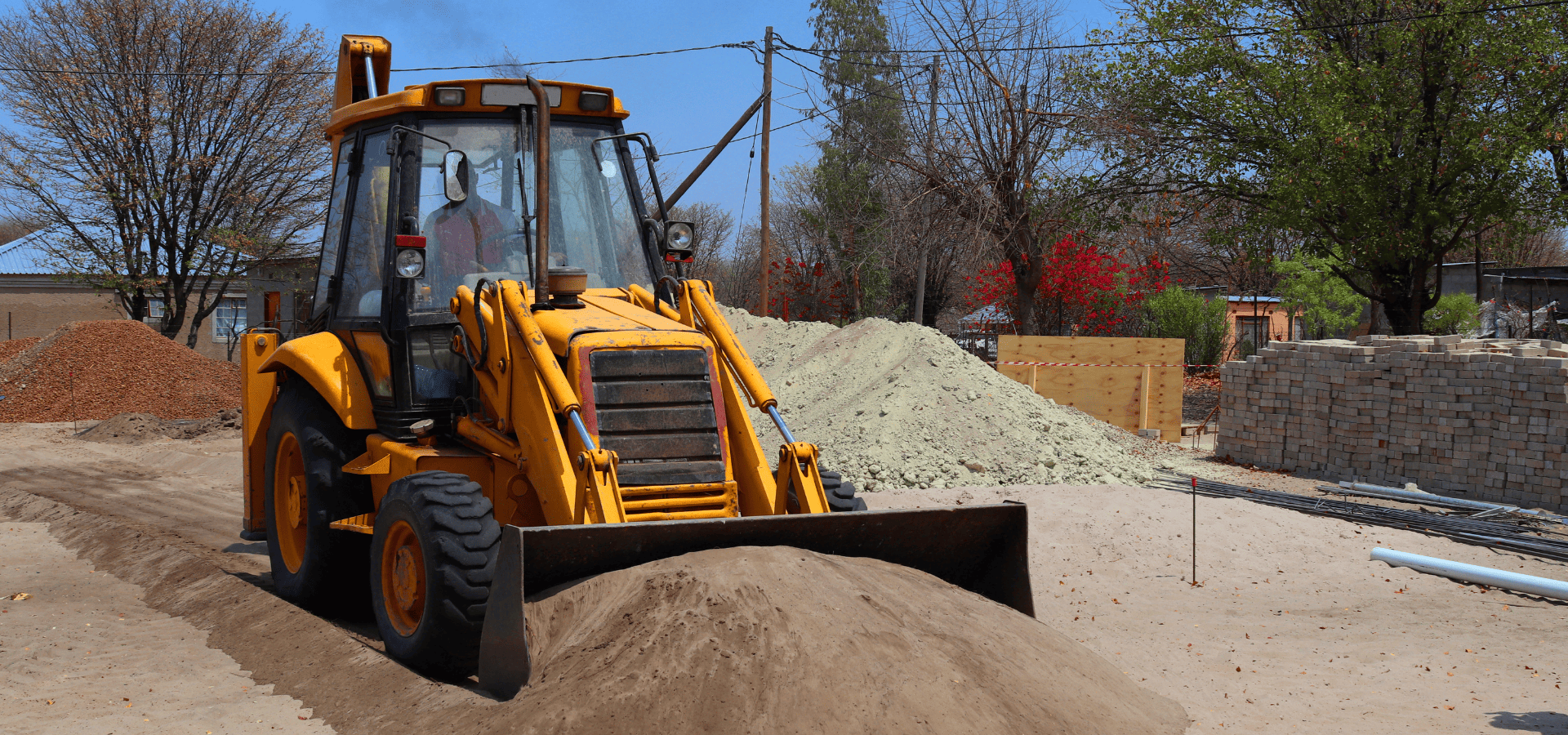
Loaders are used for moving materials around and grading, leveling, or clearing surfaces.
Loaders are machines with a large, long scoop in front of them. They use these scoops to efficiently carry and move materials around or manage surfaces.
Their scoops are wider and bigger than those of excavators and backhoes, while their bodies are smaller and their arms are short, as their sole purpose is to move materials around, not to dig, so they don’t need long arms.
As such, loaders are quite compact and able to move materials very efficiently.
Like with excavators, those considering starting their own landscaping business should buy loaders only if they find themselves in frequent need of it. Otherwise, rentals from equipment rental companies require much less investment upfront.
3. Dump Trucks
Dump trucks are trucks used for carrying large amounts of materials like soil, gravel, and so on.
Note that these trucks are only for carrying large amounts of materials, as they’re really huge, and are usually not needed for the average residential project unless it’s full-scale landscaping.
They’re also usually used together with excavators and loaders, because well, if you’re transporting a large amount of soil or gravel to a location, once you dump it off, something else needs to be used to work with all that material.
Once again, if you’re intending to start a landscaping business, it can be worth it to invest in a dump truck, but only if you find yourself frequently using it. Otherwise, you should be able to carry materials for most residential landscaping projects in your work van.
Final Tips
So these are the usual suspects for landscaping. There are other tools of course that are seldom used like edgers or sod cutters, but this list of tools will get the job done 95% of the time.
Before ending off, remember to always maintain your tools and equipment, whatever they are.
From the largest machines to even your shovels and spades, there’s almost always some kind of maintenance to be done. Don’t neglect that, or you may end up with damaged tools and subpar jobs.
You might also like
